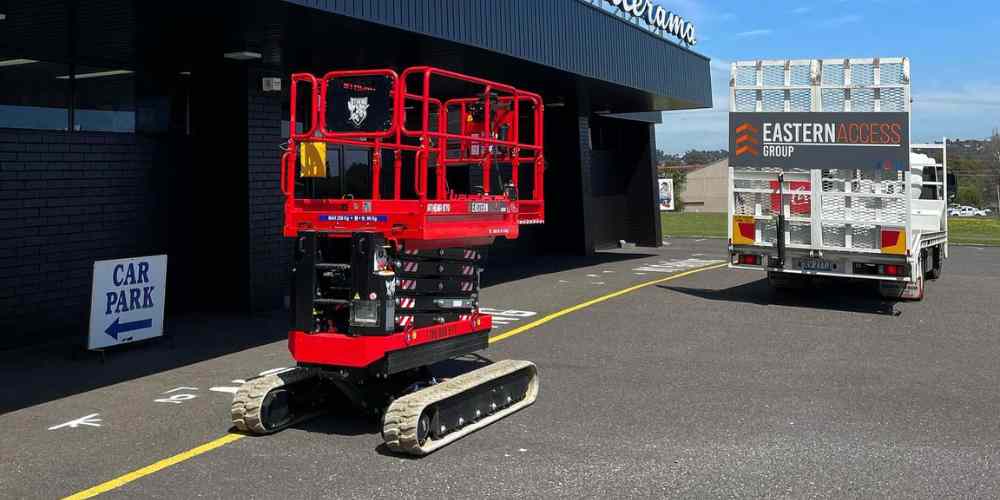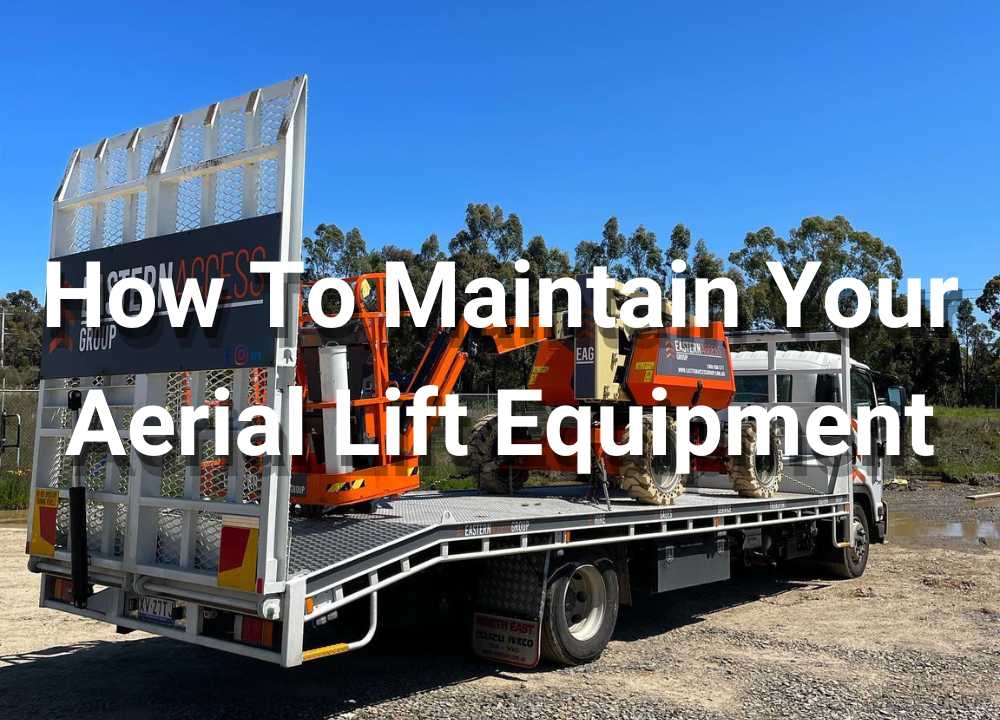How To Maintain Your Aerial Lift Equipment
Aerial lift maintenance must be done correctly for safety reasons. An excellent aerial lift maintenance plan should also consider productivity and budgetary management—maintenance procedures aid workers in streamlining production and improving a business’s bottom line.
Although most companies perform thorough lift inspections at least once a year, specific rules may change according to your work schedule and application. Checking the brakes, air pressure, fluid levels, lifting and moving mechanisms, lights and gauges, batteries, safety controls, and other items may be part of a routine aerial lift inspection.
Read on and follow our aerial lift maintenance checklist to keep your staff and equipment safe, whether you have a boom lift or a scissor lift.
Table of Contents
Do Aerial Lifts Need To Be Maintained?
Safety always comes first. Aerial lift maintenance must be done correctly for safety reasons. Additionally, using aerial lifts calls for a unique set of safety precautions. Nothing beats having the most excellent aerial lifts to guarantee that safety is truly a top concern. Workers must have confidence in the functionality of their equipment. Equipment that has been adequately maintained is safer and considerably less likely to fail suddenly.
You want to maximize your return on investment when you buy aerial lifts. Machines that have been adequately maintained can run smoother, longer, and more consistently. By maintaining your equipment, you may increase its lifespan and resale value if you sell it or switch to another machine.
Unexpected breakdowns brought on by improper maintenance cause downtime for your project while the machinery is being repaired. Businesses need to acquire temporary replacement equipment during this period. You can maintain the timeliness of your project by staying on top of maintenance.

Tips for Taking Care of Aerial Lift Equipment for Best Performance
Make Sure Your Personnel Is Trained
All supervisors in charge of staff using aerial lifts must complete special training for supervisors. To operate aerial lifts safely, every platform occupant has to have a foundational understanding of how to use the controls in an emergency.
Use the Machine as Recommended by the Manufacturer's Manual.
Following directions is crucial, especially when using heavy machinery safety reminders while working with aerial lifts, as has been emphasized repeatedly throughout the years. Using the equipment correctly by the safety guidelines outlined in the handbook is one way to do this. The handbook plays a crucial role in preserving the equipment’s performance and ensuring the safety of those using it.
Keep Up on Maintenance
Like any other vehicle or equipment, aerial lifts require routine maintenance. Maintenance keeps the lift secure and in good working order, increasing production. Additionally, it prolongs the equipment’s life and reduces the cost of maintenance.
Daily Inspections
Daily checks are essential to performing good aerial lift maintenance. They assist operators in identifying significant problems before they develop into serious and expensive ones. Daily inspections expedite maintenance work by addressing minor issues as they arise rather than leaving a backlog of more time-consuming repairs and maintenance to be done later.
The engine, lift, and the vehicle should all undergo daily checks by the operator. Checklists for both pre-and post-operational activities assist operators in efficiently organizing the inspection items and performing repairs. Depending on the normal operating circumstances of the machine, the frequency of your inspections and the kinds of items on your daily inspection checklist may change.
Periodic Checks
A competent technician must do frequent inspections every three months or 150 hours in addition to the yearly inspections, which must be done within 13 months of the prior one. To ensure your equipment is in optimum condition, you should arrange these checkups with your dealer.
Clean The Lifts
Keeping your aerial lift clean is an excellent way to save wear and tear. A clean lift is safer for operators and better suited to perform its duties. Maintaining the equipment clean is a crucial aspect of routine equipment maintenance. Whether indoors or outside, aerial lifts require routine cleaning and washing to remove accumulated dust, filth, and grime.
Cleaning the equipment’s exterior helps prevent rust and paint deterioration, while cleaning the interior helps improve hygiene, public health, and safety. Regularly cleaning the machine’s engine, hydraulic systems, and lift mechanisms can also assist in guaranteeing that it keeps working as it should, preventing the early deterioration of crucial components like seals and bearings.
Make A Schedule
Making a plan and following it religiously are the best ways to adhere to lift maintenance regulations. The lift you possess and the type of job you conduct might affect your timetable. Additionally, you must confirm that the plan complies with established OSHA maintenance criteria.
Keep a Record
Record every inspection you do, including shorter daily checks. Keeping a log of your equipment’s condition is critical to maintaining schedule consistency. It can also reduce your liabilities in the event of an accident.
Make Preventive Measures
By taking preventive actions, you can maintain your aerial lift in working order instead of waiting for a breakdown. Doing so can prevent wear and tear from degrading your equipment.
Assess and Understand the Equipment
You must be familiar with every aspect of your equipment’s operation if you want it to continue functioning well for years to come. Please pay attention to how it acts and ensure you know what is and is different for your lift equipment.
Frequently Asked Questions
The primary aerial lifts are scissor lifts, boom lifts, and telehandlers. Although they are highly similar, each has a specific function and is most appropriate for particular vocations and circumstances.
Telescopic and articulating boom lifts are the two primary types of boom lifts. Both are capable of reaching heights of up to 100 feet. OSHA categorizes both kinds as aerial lifts, tools installed on moving vehicles that raise workers.
Lack of safety equipment most fatalities and severe injuries in aerial lift accidents are caused by falls. Ample safety equipment should be able to prevent falls from aerial platforms, even if several different things might cause them, such as losing one’s balance or leaning too far over the edge.
Employees must always stand firmly on the basket’s floor and not sit on, climb up on, or use planks, ladders, or other objects to support themselves while working. When using an aerial lift, a body belt must be worn, and a lanyard must be fastened to the boom or basket.
Conclusion
You want dependable, high-performance aerial lifts when your staff must work overhead for prolonged periods or need to access work at heights. Aerial lifts are essential pieces of worksite equipment. Thus, keeping them well-maintained is essential to maintaining a highly efficient workplace.
Proper maintenance is required if you want your aerial lift or boom lift to operate at its best and last a long time. Regarding safety management techniques, aerial lift maintenance is also quite essential. Regular maintenance inspections show that all machine parts are operating correctly, lowering the possibility of accidents at your workplace.

